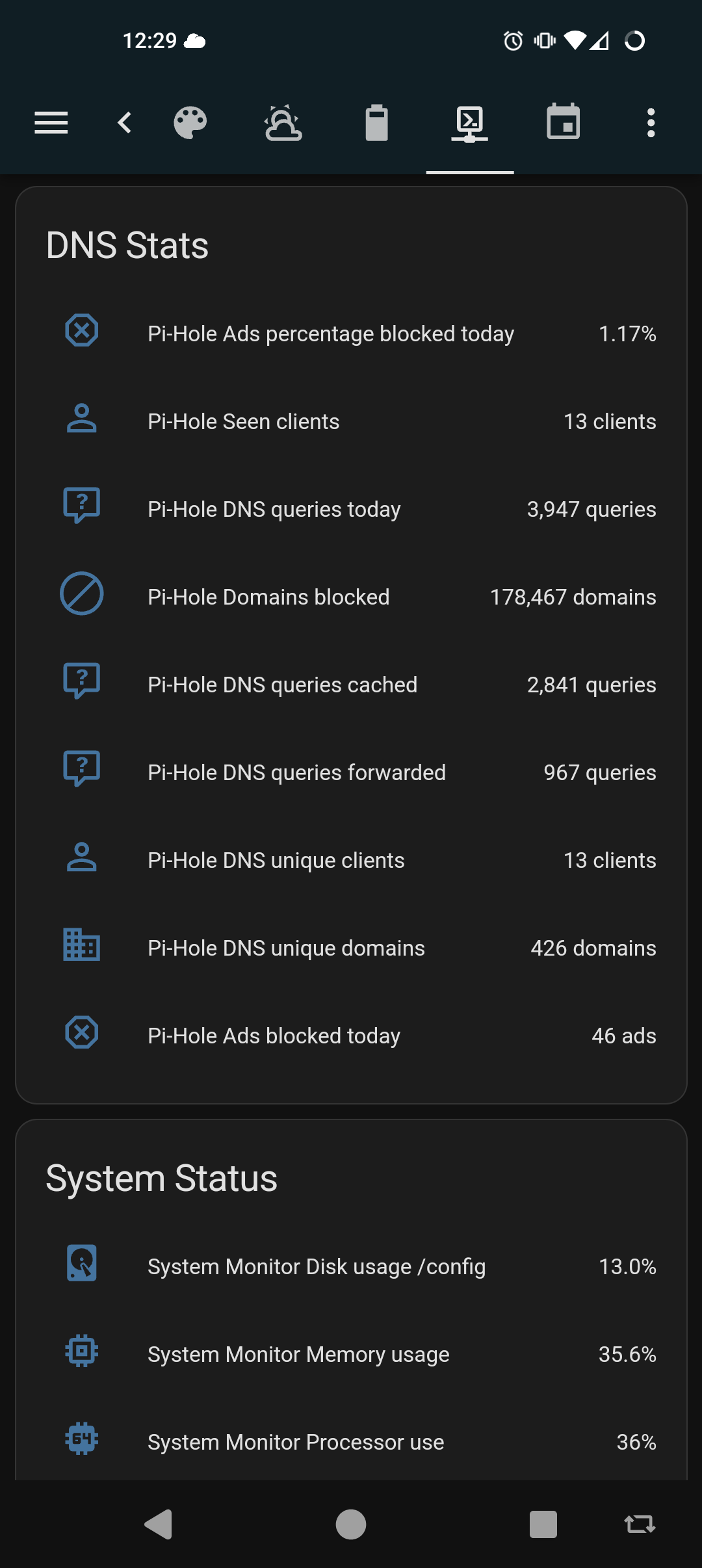

Usually .world upgrades late in the cycle because they’re big, and also in part because they have an outsized impact on federation issues if any should arise in the upgrade.
Also many similar reasons, but mostly because its prudent for .world to wait




deleted by creator